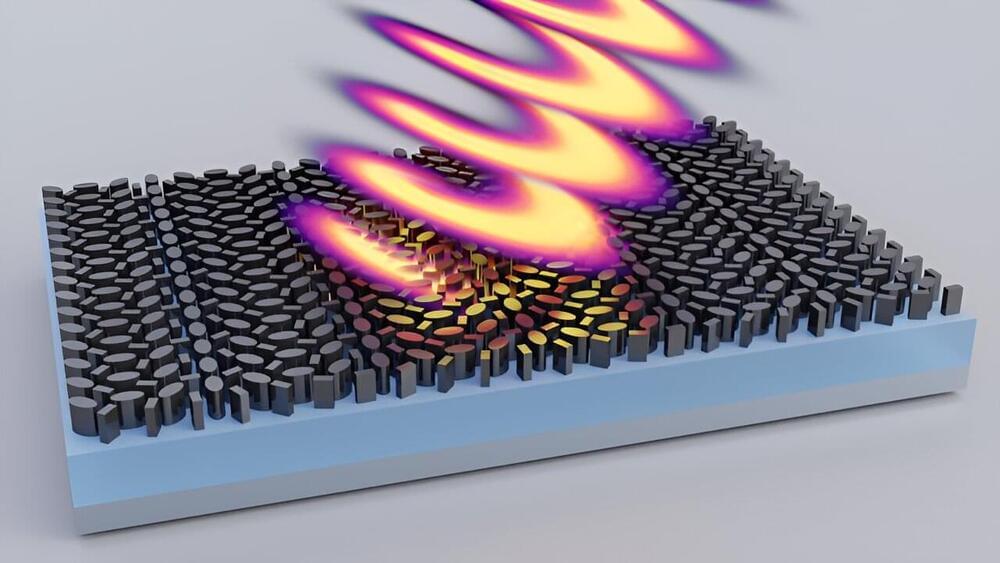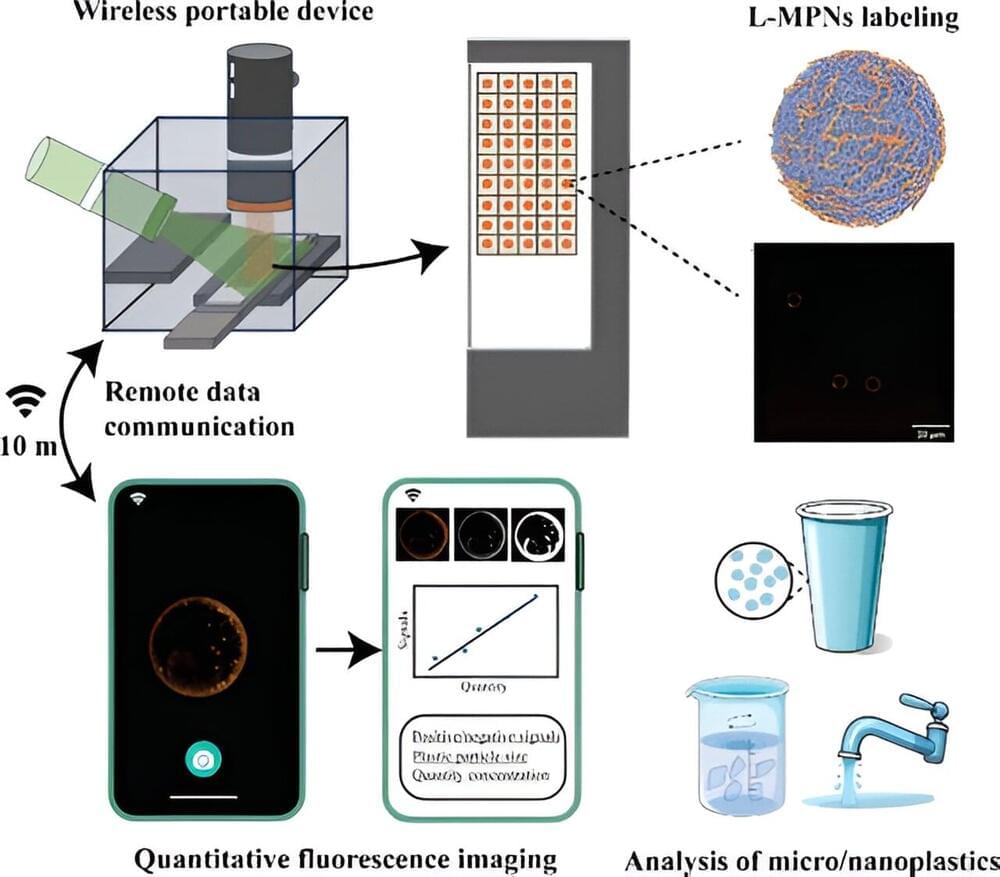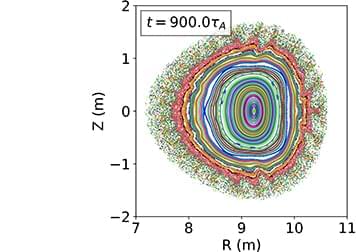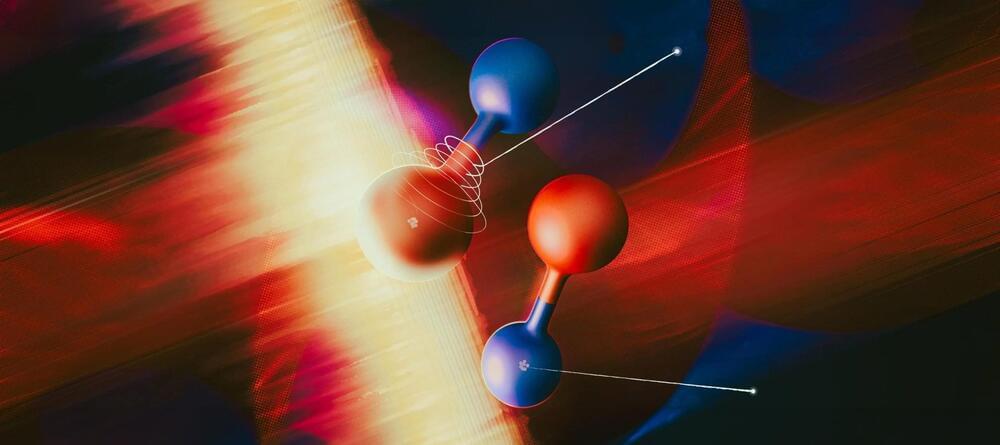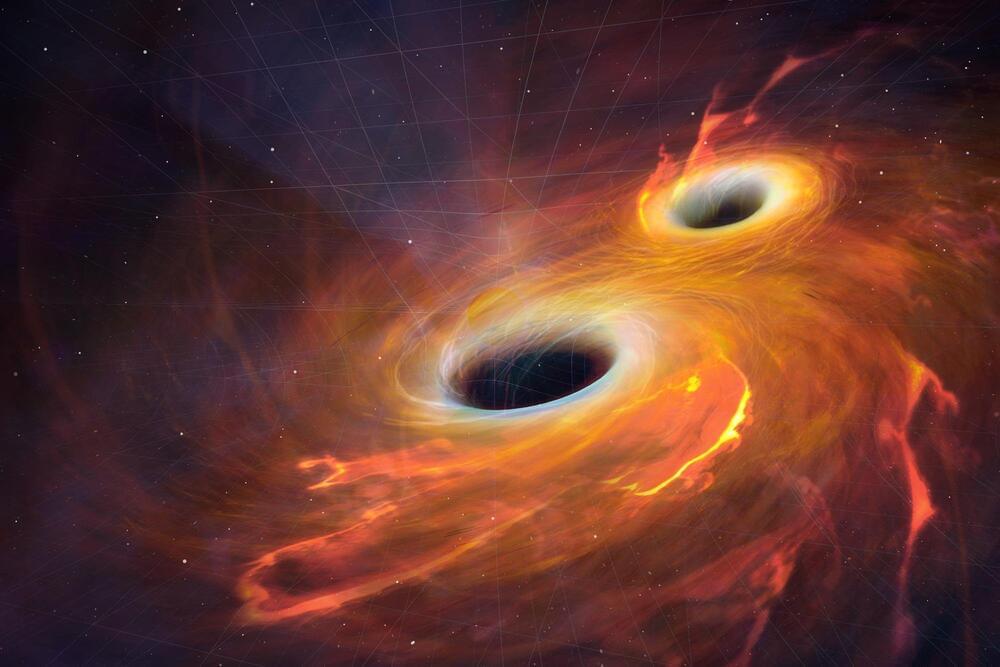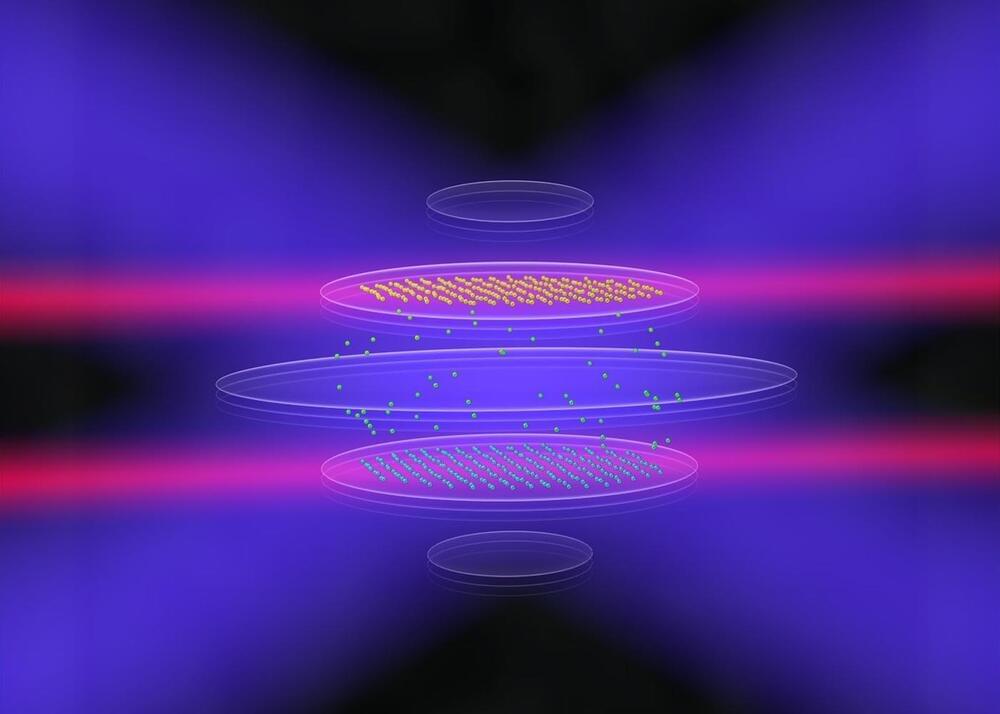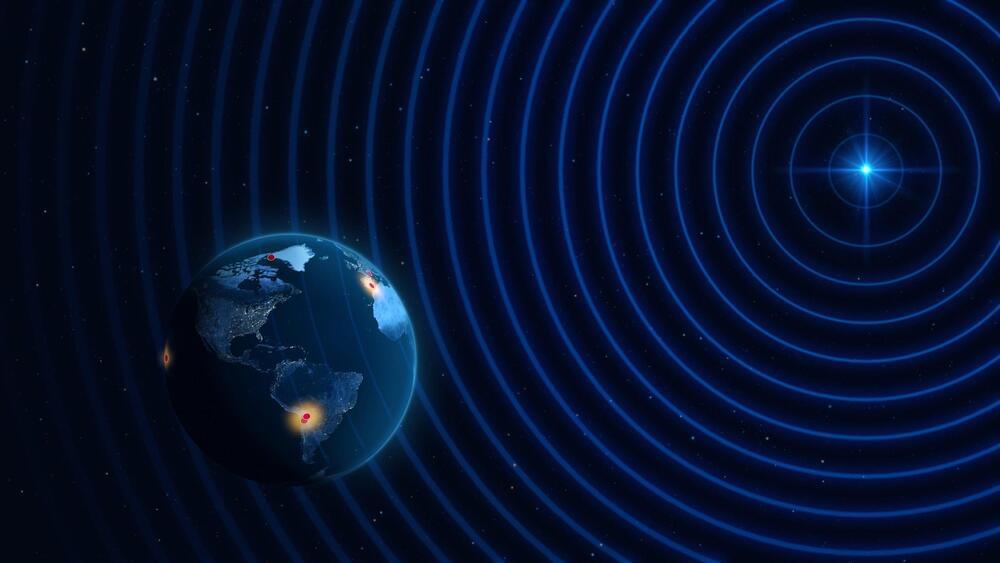Aug 29, 2024
Researchers demonstrate metasurfaces that control thermal radiation in unprecedented ways
Posted by Saúl Morales Rodriguéz in categories: materials, nanotechnology
Researchers with the Advanced Science Research Center at the CUNY Graduate Center (CUNY ASRC) have experimentally demonstrated that metasurfaces (two-dimensional materials structured at the nanoscale) can precisely control the optical properties of thermal radiation generated within the metasurface itself. This pioneering work, published in Nature Nanotechnology, paves the way for creating custom light sources with unprecedented capabilities, impacting a wide array of scientific and technological applications.
